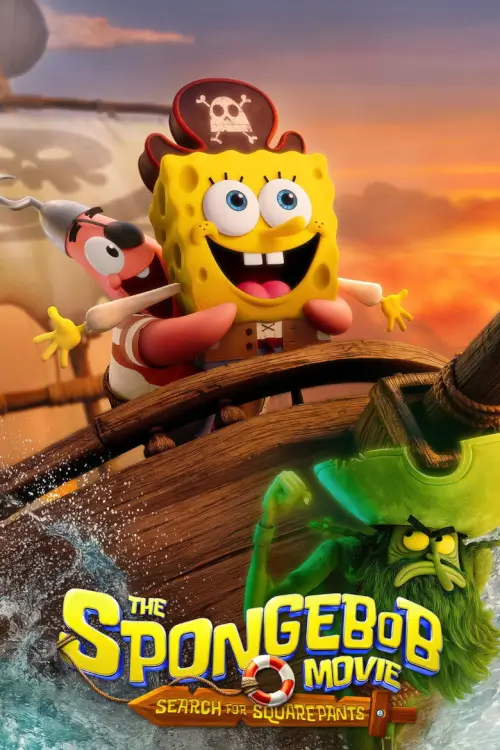Crack: Cocaine Corruption and Conspiracy ยุคแห่งแคร็กโคเคน (2021) [บรรยายไทย]
![Crack: Cocaine Corruption and Conspiracy ยุคแห่งแคร็กโคเคน (2021) [บรรยายไทย] เต็มเรื่อง](https://nungdeedee.com/uploads/images/vzv65io9adcwo4c084.jpg)

หมวดหมู่ : หนังอาชญากรรม , หนัง Netflix , หนังประวัติศาสตร์ , หนังสารคดี
เรื่องย่อ : Crack: Cocaine Corruption and Conspiracy ยุคแห่งแคร็กโคเคน (2021) [บรรยายไทย]
ชื่อภาพยนตร์ : Crack: Cocaine Corruption and Conspiracy ยุคแห่งแคร็กโคเคน
แนว/ประเภท : Documentary, Crime, History
ผู้กำกับภาพยนตร์ : Stanley Nelson
บทภาพยนตร์ : -
นักแสดง : Joe Biden, George Bush, George W. Bush
วันที่ออกฉาย : 11 January 2021
ยาเสพติดราคาถูกฤทธิ์ร้ายมาแรงในยุคเศรษฐกิจตกต่ำ ก่อความหวาดกลัวทางศีลธรรมที่ลุกลามด้วยประเด็นเหยียดเชื้อชาติ ร่วมเจาะลึกประวัติศาสตร์ซับซ้อนของแคร็กโคเคนในทศวรรษ 1980

IMDB : tt13649700
คะแนน : 6.7
รับชม : 1514 ครั้ง
เล่น : 367 ครั้ง
Netflix documentary Crack: Cocaine, Corruption and Conspiracy is a lively and ambitious documentary from veteran director Stanley Nelson, a multiple Emmy winner (Freedom Riders) who helmed the excellent 30 for 30 saga about Michael Vick. His latest bridges the rise of the highly addictive drug in the 1980s with today’s current socio-political climate — notably, he includes a clip of Ronald Reagan saying he wants to “make America great again” at the 1980 Republican National Convention, and a snippet of a police officer testifying that cops protect each other with the “blue wall of silence.” Consider our interest triggered.
The Gist: “I lost everything.” Those are the words of a recovering crack addict whose story will be revisited intermittently throughout the documentary. She’s a product of the 1980s, the decade in which crack cocaine is a significant piece of the historical narrative — social, political, personal. The story begins with clips of Michael Douglas saying “Greed is good” and Al Pacino hoovering line after line of cocaine off his desk (notably, right before he introduces people to his “little friend”). The powdery drug was considered an expensive luxury for the upper class; meanwhile, Reagan’s economic agenda disenfranchised the lower economic class, with unemployment numbers alarmingly high less than two years into his presidency.
We see a clip of comedian Richard Pryor on stage, making light of how he infamously burned himself while freebasing crack cocaine. That was one of the general public’s first introductions to the substance, a chemically altered iteration of cocaine that soon proved to be an insanely lucrative business for dealers. Jawdropping archival footage: Two men count stacks of cash, to $150,000, then $500,000; they talk about throwing away the $1 bills before deciding maybe they should “give it to the poor.” Why was it so lucrative? It was insanely addictive for users. A neuroscientist explains how, unlike snorted cocaine or smoked substances, crack goes directly to the brain, resulting in an immediate euphoria and an insatiable craving for more. Grainy archival footage of a man interviewed about the effects of smoking crack: “I can get up from here now and walk to the moon,” he says.
But we all know this isn’t a breezy story good for a few headshaking laughs. Nelson interviews scientists, activists, experts and a bevy of former users and dealers, who piece together how crack became a catalyst for devastation of Black communities in America. The War on Drugs was born, an instance of staggering hypocrisy in light of the U.S. government’s unwritten policy to blatantly look the other way when smugglers were bringing drugs into the country as a side effect of the Iran-Contra deal (and subsequent scandal). Warring dealers shot up the streets with machine guns. Black men were incarcerated in staggering numbers. Black women were frequently depicted in the media as addicts and neglectful mothers. Misinformation spread like wildfire — about the almost-nonexistent phenomenon about “crack babies,” that crack was a drug used by inner-city blacks when two-thirds of users were white.Nancy Reagan told kids across the country to “Just say no.” Would-be basketball superstar Len Bias died. Police looked the other way for a while, but once Officer Edward Byrne was killed by a dealer, they started cracking down hard. Lives were destroyed by addiction and the American government’s policy of imprisoning addicts instead of helping them. This is how crack became weaved into the tapestry of American culture.















